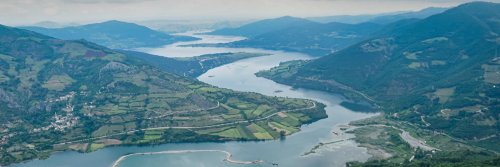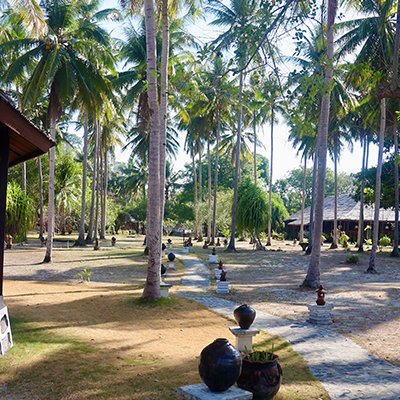The meeting point of two of the world’s most majestic rivers, the Tigris and the Euphrates, Eastern Türkiye is often referred to as the 'Cradle of Civilization.' It's where Raki—like ouzo from Greece—is drunk amongst friends—aptly known as 'lion milk' because the spirit is mixed with ice and water, turning the liquid into a white cloudy mixture. While indulging in Raki, tables are laden with traditional meze platters overflowing with hummus, yogurt with herbs, baba ganoush, white cheese, and rice-stuffed vine leaves, to name a few. With numerous UNESCO-listed sites to explore, Eastern Türkiye is a fascinating land far away from tourist hordes of Western Turkey’s notable hotspots of Pamukkale, Antalya, Istanbul, and Cappadocia.
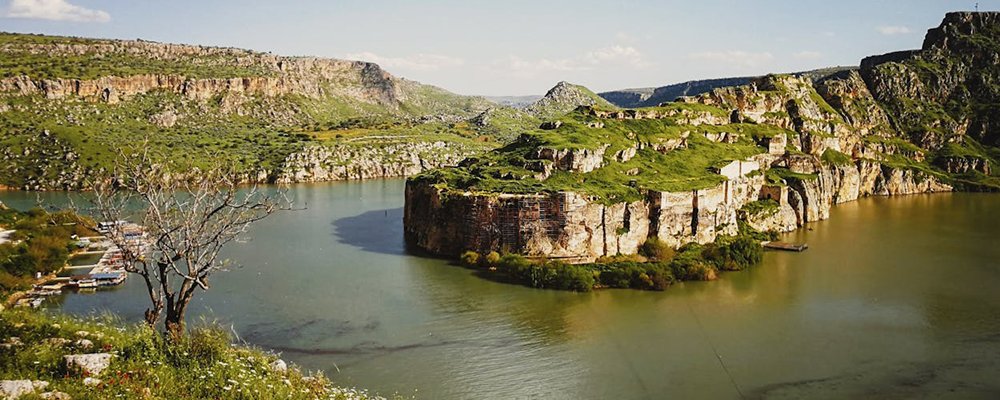
Eastern Türkiye is a maze of ancient ruins, fabulous myths of underworld kingdoms of snakes and Shahmaran, a half-snake and half-woman creature, having a human lover. Snakes are big in the folklore of this region, which was born from masses of snake art from long ago in Göbekli Tepe, a neolithic site. Eastern Türkiye is a dusty looking glass back in time with a rich trove of archaeological ruins cloaked in tales of violent primeval empires who struggled and survived in the rugged landscape dotted with stone villages and vast open sun-baked plains. Formerly known as ‘Asia Minor’, Eastern Türkiye is an untouched gem soaked in the diverse cultures of the Georgian Highlands and Asia dating back millennia. A story of man unfolds when exploring crumbling citadels, lost cities, valleys of scattered wild tulips, majestic religious icons, and biblical roots. The hard country's vastness is smothered in jagged mountains where snow caps reign during winter months, crystal-clear lakes, and fast-flowing meandering rivers.
The unearthly ruins of the UNESCO World Heritage Site of the Armenian city of Ani sit on the border of Armenia, where the Arpacay River runs between the countries and is about 50km east of Kars. Once the thriving metropolis under the rule of the Bagratid Kingdom during the 10th Century AD, it was named the ‘city of a thousand and one churches.' The melting hub for traders flogging along the Silk Road trade route, Ani grew into a walled city dominating the region. It was fought over by Byzantine emperors, Ottoman Turks, Russians, and Georgians in bloody battles. Ani began to decline by AD 1300; by AD 1700, it was left in ruins and utterly abandoned to the winds of time.
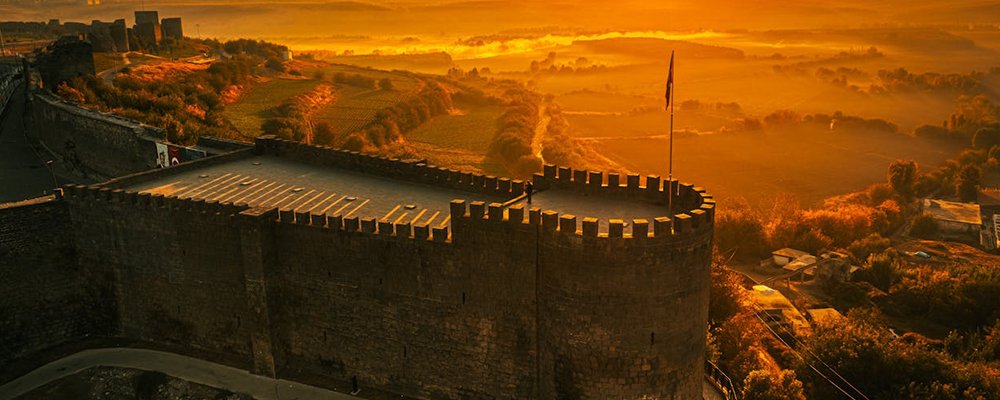
Living history can be found in the cultural capital of the fortified city of Diyarbakir, where the Diyarbakir Fortress and Hevsel Gardens are UNESCO World Heritage Sites. With a nine thousand-year history and the world's second longest wall, Diyarbakir is the main town of Eastern Türkiye, linked by air and rail to Ankara. Famous for its gold and silver filigree work, you will be treading in the steps of the Hellenistic period to the Roman, Sassanid, Byzantine, Islamic, and Ottoman eras. Ancient ruins take your breath away, grand architecture leaves you bug-eyed, while pigeon collecting—once prized for their excrement as a fertilizer for watermelon-growing—is still in demand. Numerous stray cats slink in the streets, but you won't find dogs, as Kurdish people believe them to be unclean. The Old City is awash with mosques and historical remnants. Locals carry on with their everyday village life, with free-ranging geese waddling in the streets; while the New City has a distinct café culture that is unknown in other Türkiye cities.
Declared a UNESCO World Heritage Site in 2021, Arslantepe is a monstrous Neolithic mound where settlement upon settlement was built on top of each other. Located 12 km from the west bank of the Euphrates River on one side and fringed by the rough ground of the Anti-Taurus Mountain range on the other, it flourished during the 4th millennium when the Hittites called Arslantepe by the name ‘Malatiya.' This unique wonder is believed to be the first of its kind in that there was a centralized government, social class divisions, a massive population, and a market economy giving birth to a state society living in a formally planned environment—in essence, a large city where cultures, social values, and political systems grew in a symbiotic fashion with each new dominant power. One of the biggest mounds in the whole of Türkiye, with its layers of civilizations compacted in the earth over eons, Arslantepe morphed over the years from the majestic to a Byzantine cemetery.
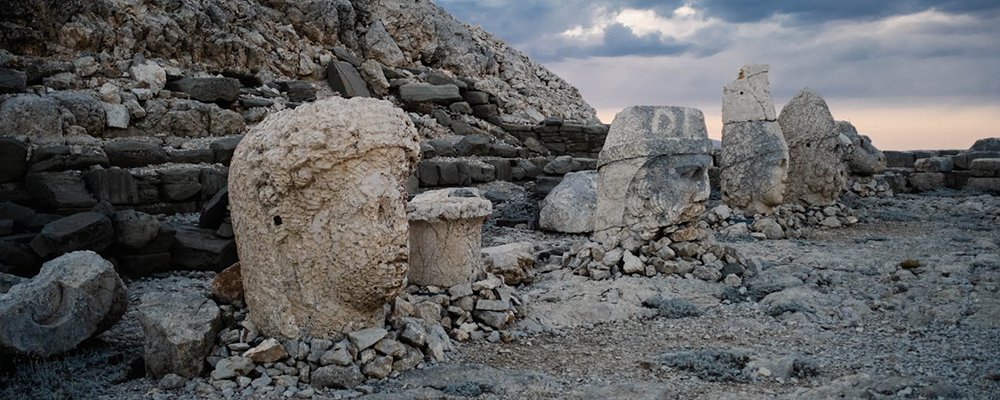
Other UNESCO sites include Nemrut Dağ (also known as Mount Nemrut) located about 50 km from Adıyaman. This is where mammoth statues stand in testament to the life of the late Hellenistic ruler of the Kingdom of Commagene. It's an incredible sight of terraces complete with an altar unequaled in the ancient world. Think giant lions, eagles, and deities of a new religious cult. Believed to be associated with death and the underworld, the UNESCO site of Göbeklitepe has incredible statues and shrines dating back to 11000-12000 BC that are utterly unique for this period of man’s history.
Eastern Türkiye is where you can live out those fantasies from childhood when you bent your head over ancient history books at school with the added benefit of indulging in a glass or two of Raki.
Gail Palethorpe, a self proclaimed Australian gypsy, is a freelance writer, photographer and eternal traveller. Check out her website Gail Palethorpe Photography and her Shutterstock profile.

